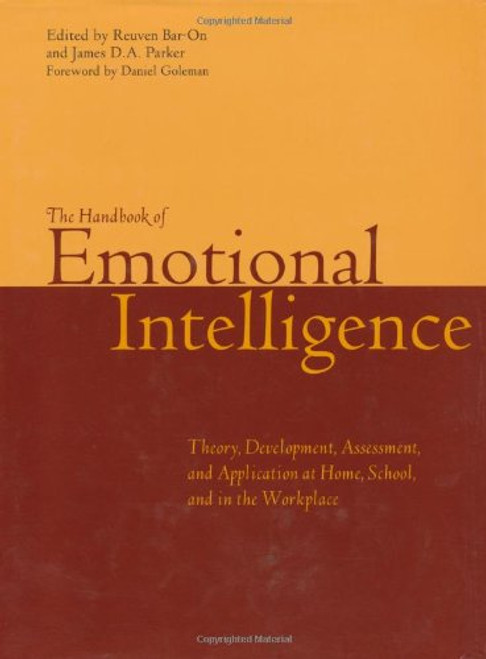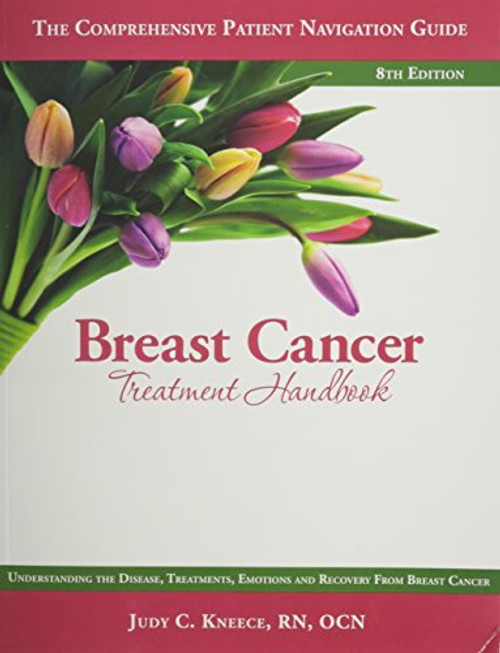Product Overview
Interest in emotions has blossomed over the last decade. From psychopathology to the cognitive sciences, research has stimulated the creation of improved measurement techniques, as well as new ways of conceptualizing behavior and feelings. Reflecting the full range of work being done across disciplines, this volume authoritatively reports on an ever- growing, important body of work. Completely up-to-date, THE HANDBOOK is a basic resource for everything that is known about emotions.
The book is organized into five sections. Laying the groundwork for the chapters that follow, a broad interdisciplinary overview demonstrates the vast territory that is affected by scholarship in the field. Biological approaches and basic psychological processes are covered in chapters that explore the how feelings relate to other aspects of human behavior. The impact of group and family processes is considered, and finally, specific emotions that have been widely studied--happiness, exhilaration, disgust, fear, anxiety, and shame--are examined in detail.
Written by noted authorities, chapters address the models and research emanating from clinical and social psychology, development, biology, neurophysiology, behavior genetics, sociology, history, anthropology, and philosophy. Taken together, the chapters provide a wealth of information that was hitherto available only in scattered publications.
A definitive resource, THE HANDBOOK OF EMOTIONS will be valued by all professionals concerned with human behavior. Regardless of discipline, and no matter where one's particular interests lie--in normal and abnormal issues in emotion, emotional development, or in the relationship of emotion to other established fields or subfields--this book is the indispensable reference that you will want on your library shelf.
The book is organized into five sections. Laying the groundwork for the chapters that follow, a broad interdisciplinary overview demonstrates the vast territory that is affected by scholarship in the field. Biological approaches and basic psychological processes are covered in chapters that explore the how feelings relate to other aspects of human behavior. The impact of group and family processes is considered, and finally, specific emotions that have been widely studied--happiness, exhilaration, disgust, fear, anxiety, and shame--are examined in detail.
Written by noted authorities, chapters address the models and research emanating from clinical and social psychology, development, biology, neurophysiology, behavior genetics, sociology, history, anthropology, and philosophy. Taken together, the chapters provide a wealth of information that was hitherto available only in scattered publications.
A definitive resource, THE HANDBOOK OF EMOTIONS will be valued by all professionals concerned with human behavior. Regardless of discipline, and no matter where one's particular interests lie--in normal and abnormal issues in emotion, emotional development, or in the relationship of emotion to other established fields or subfields--this book is the indispensable reference that you will want on your library shelf.











